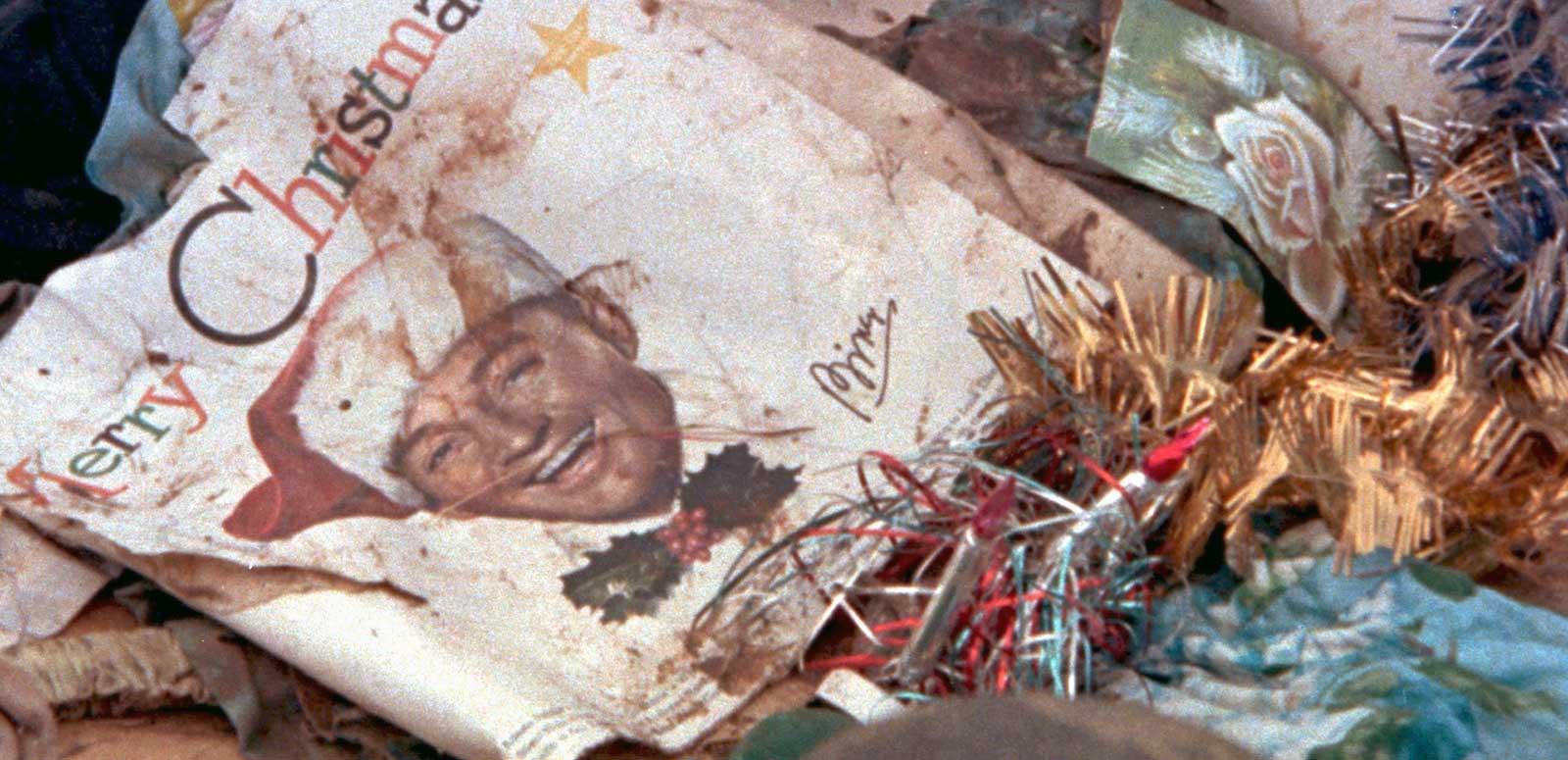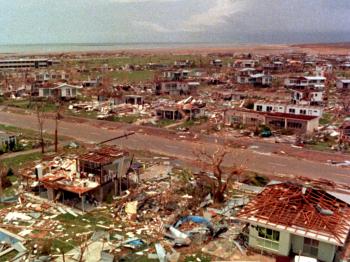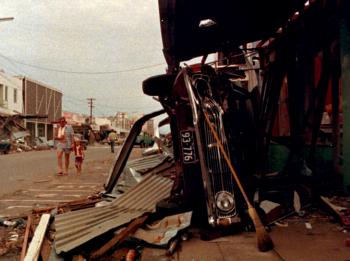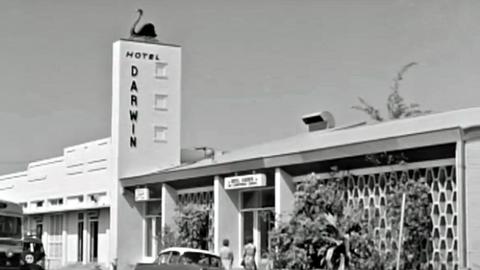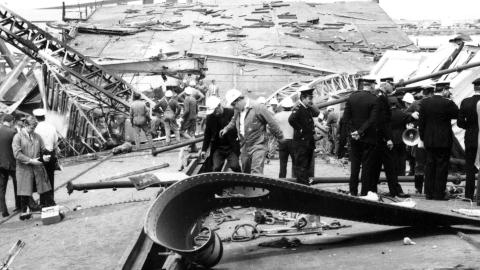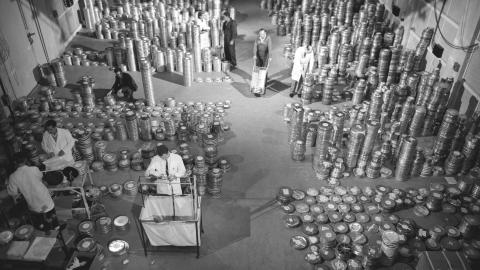Commemorating 50 years since Darwin's darkest day with a newly restored film.
By Richard Carter and Courtney Botfield
At 3:30 am on Christmas Day, 1974, Darwin was a city in ruin. Cyclone Tracy, a Category 4 storm, tore through homes and lives, flattening 80 per cent of Darwin's buildings. The cyclone disrupted the entire fabric of life in the city, leading to the evacuation of three-quarters of its 43,000-strong population. Sixty-six people lost their lives – 45 in Darwin and 21 at sea – in what remains Australia’s most destructive natural disaster. In the immediate aftermath, while most of the nation absorbed the scale of the devastation from afar, filmmakers were on the ground capturing the stark reality.
To mark the 50th anniversary of Cyclone Tracy on 25 December 2024, the National Film and Sound Archive of Australia (NFSA) has restored Cyclone Tracy: Darwin Christmas 1974 to 4K quality. This short film, directed by a then-unknown Chris Noonan – who would go on to international fame with Babe – is part of the Film Australia Collection of the NFSA. Made by Film Australia in 1975, it remains a vital document of human endurance, quick action, and a community confronting unimaginable challenges.

